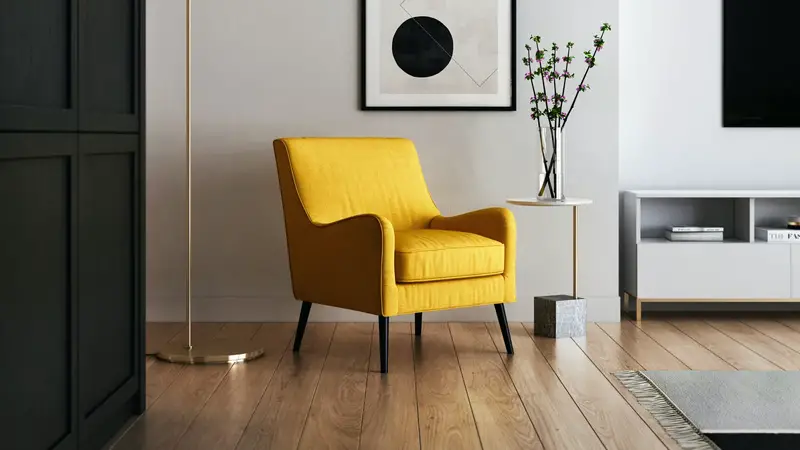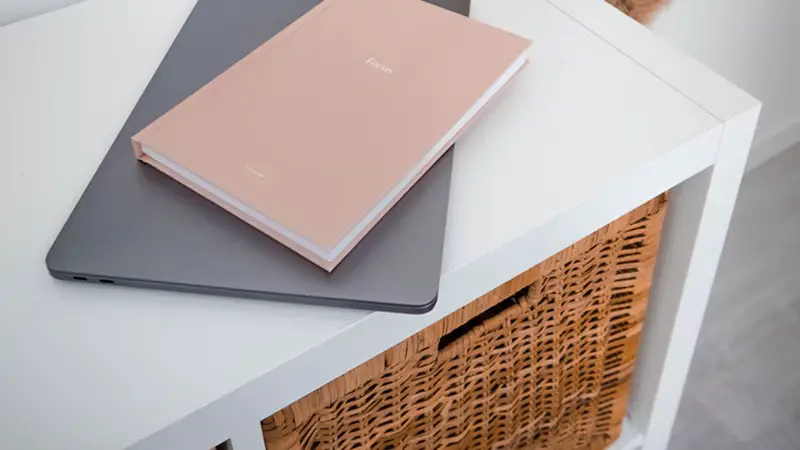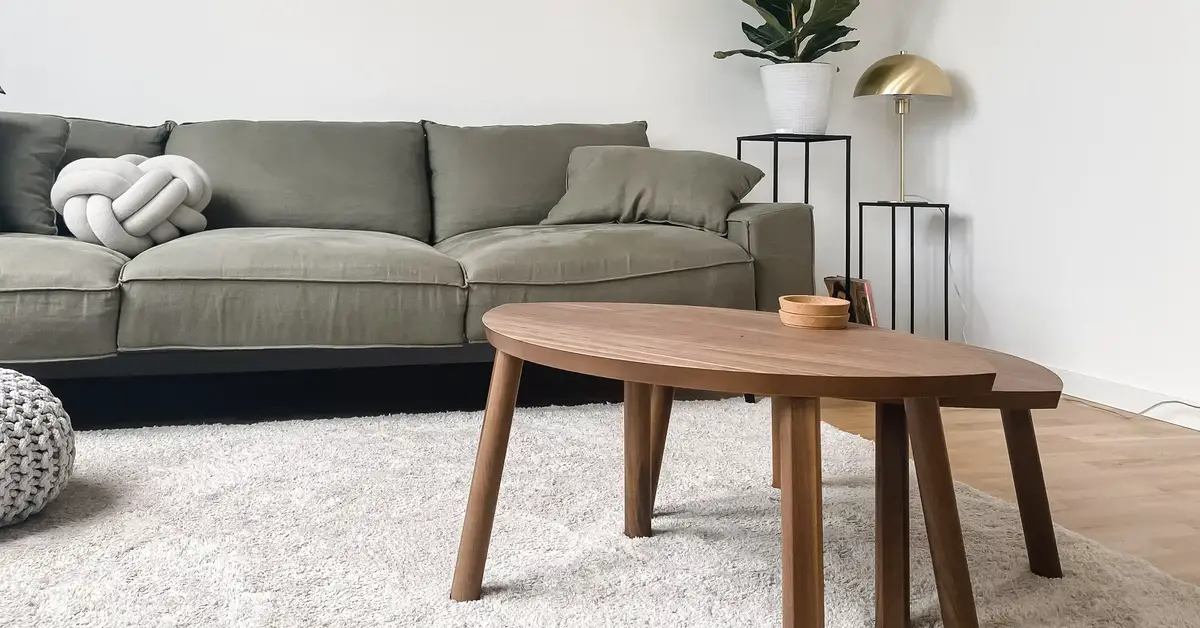If you’re looking to buy affordable furniture in the United States, your options are somewhat limited. One of the most popular options out there is IKEA and for very good reasons. But in case you need to refinish a piece of IKEA furniture, what kind of finish does IKEA use?
Most IKEA products are made from particleboard, making acrylic lacquer the most applicable finish. If you’re refinishing a piece of furniture from IKEA, you can either use lacquer or polyurethane, but it’s always better to default to the one that came with your furniture.
In this article, you’ll learn everything you need to know about the materials and finishes that IKEA uses on its furniture. Also, you’ll learn how to paint IKEA furniture after getting the correct finishes to give them a new look.
Does IKEA Use Particle Board?

Particleboard is a cheaper alternative to plywood, which is used to cut costs in furniture manufacturing. While particle boards aren’t necessarily bad, there are more durable alternatives on the market.
If you can’t bring yourself to pay for a furniture piece that was manufactured using particle boards, you should probably avoid shopping at IKEA. While IKEA doesn’t use IKEA exclusively across all of its offerings, most of IKEA furniture is manufactured from particle boards.
IKEA’s use of particleboards isn’t surprising, given that the main advantage of this material lies in its price. Since IKEA is famous for being a budget furniture brand, it’s logical that it uses the cheapest solution for its furniture.
The major downside of particleboard is that it’s not very durable. Compared to real hardwood, particleboards are much lighter and consequently weaker. This is due to their fundamental manufacturing process, which is pressing little bits of wood residue together.
While particleboard may not be the best wood variant for making furniture, they have some advantages that make them a feasible material for a company like IKEA. In the next section, you’ll learn some of the strengths of particleboards that should make you rethink writing them off.
Advantages of Particleboards
Before proceeding, it’s important to note that there are two different types of particleboards. The most common type, which is also used by most IKEA products is the platen-pressed particleboard, while the less popular variant is referred to as the extruded particleboard.
Since extruded and platen-pressed particleboards are fundamentally different, you shouldn’t expect them to have the same advantages. Since most of these advantages overlap anyway, differentiating them will be too much of a hassle.
Here are some of the advantages of particleboards that should make you consider buying a piece of furniture made with the material.
- Price.

If there was only one advantage to particleboards, it would be their low prices. While the quality of the average particleboard may not be near that of the average wood, there’s a proportionate difference in prices too.
Most times, you can get a piece of particleboards furniture for half the price you’ll get a wooden alternative. With IKEA fasts becoming the top furniture retailer in the United States, it seems like people still value the bucks in their wallets.
- Weight.
Since you don’t typically carry your furniture around, the weight of most household furniture plays little role in determining whether you should buy them. But there are specific wood products that also need to be as light as possible.
As long as these pieces of furniture won’t be carrying heavy loads, using particleboards will be much better. While particleboard wasn’t made to be light, its lower density means it is less weighty and consequently has less quality.
In the very rare condition that the weight of a furniture piece influences your decision, particleboards are a strong option. However, that’s only assuming if you don’t care about the durability and strength.
What Wood Finish Does IKEA Use?
Since most of IKEA’s furniture is manufactured from particleboards, they need a finish to make them blend into your home design. Unlike wood, particleboards have a grainy look to the outside, making them look somewhat out of place in the home.
There are many different kinds of finishes compatible with the particleboards that IKEA uses, but they mostly go with clear acrylic lacquer. Lacquer is a good finish for particleboard furniture, but as expected, there are better and more expensive options on the market.
However, that doesn’t mean an acrylic lacquer finish doesn’t have its advantages too. The finish is a top-of-the-line finish, used mainly on premium furniture pieces.
Lacquer finishes are the perfect match for IKEA furniture as they’re waterproof. In addition to that, they age better than other alternatives on the market and they dry very fast.
Some white finishes tend to become yellower with age, but that doesn’t apply to an acrylic lacquer finish. In addition to lighter wood materials like particleboards, lacquer finishes are also mostly used on cars.
Does IKEA Use Polyurethane?

Polyurethane is one of the most durable finishes for both soft and hardwoods. Due to its numerous advantages, it’s only logical to think that’s what IKEA uses on its furniture to give them a distinctly premium look and feel.
However, IKEA doesn’t use polyurethane finish on most of its furniture offerings. While some of IKEA furniture contain polyurethane foam, that’s not quite the same as a polyurethane finish. Instead, IKEA uses an acrylic lacquer finish that’s almost as good as polyurethane, but cheaper.
At this point, you should understand that most of IKEA’s design decisions are motivated by pricing. Since IKEA strives to sell the most cost-effective furniture in America, they tend to choose the cheapest materials that aren’t objectively bad.
In addition to the cost-effectiveness, there are certain reasons why a lacquer finish is objectively better than a polyurethane finish. If you hate your furniture turning yellowish after some time having them, you may want to stick to a lacquer finish.
In addition to that, polyurethane may have a strong odor at first, which makes it somewhat impractical in a home setting. With proper ventilation, you should be able to get rid of the smell in no time, but that still doesn’t compare to the automatic excellence of a lacquer finish.

